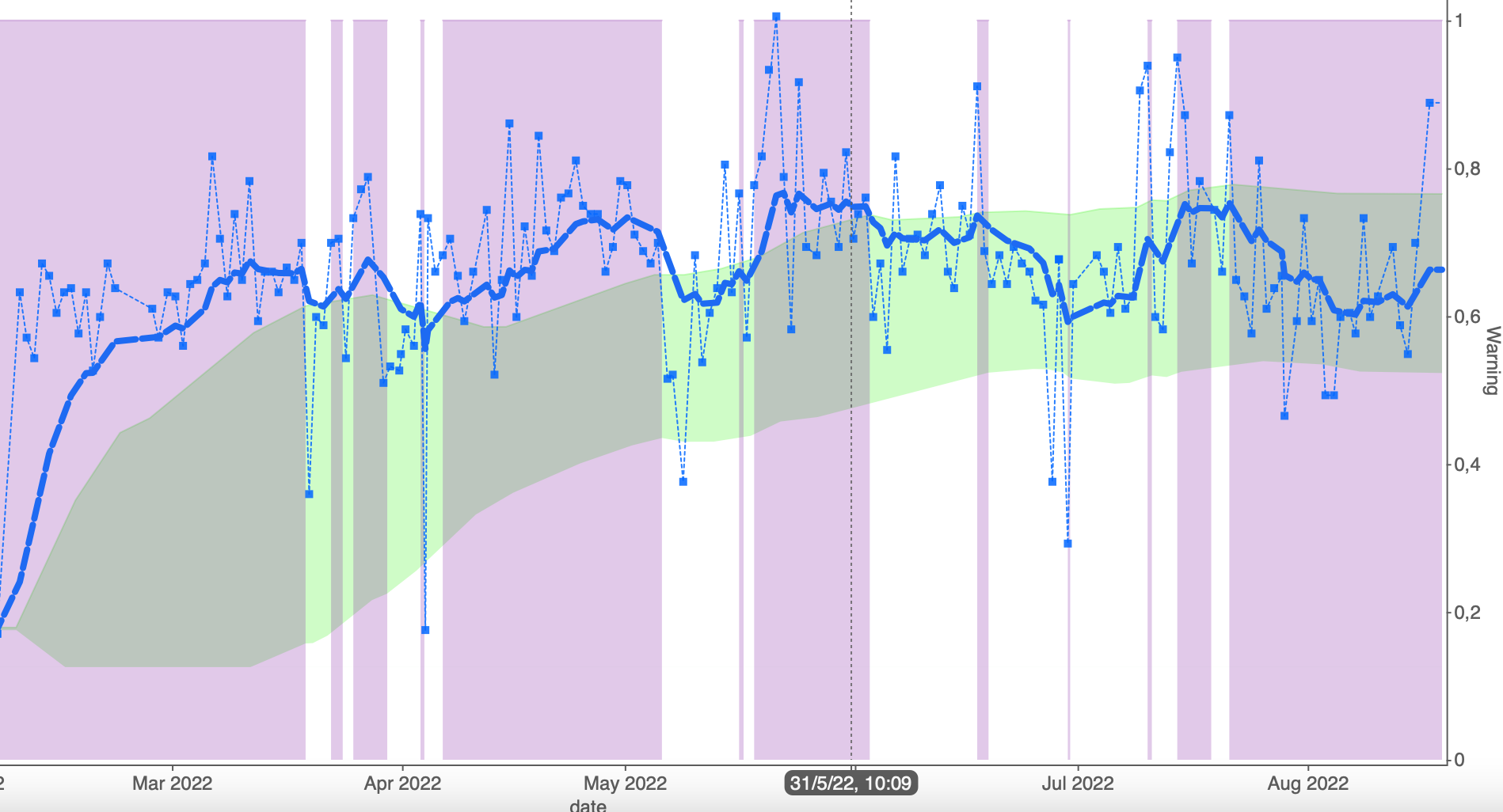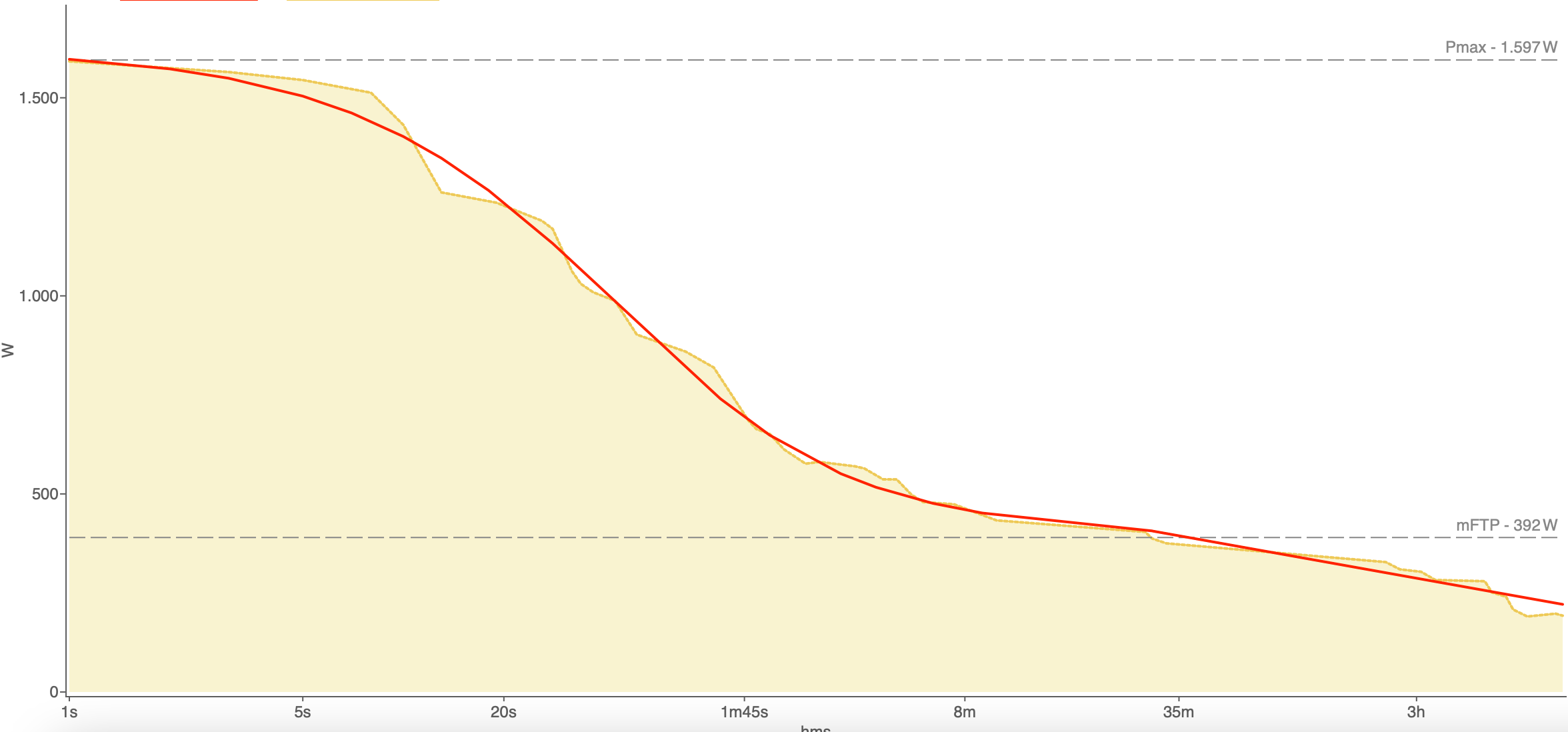
Basic concepts for your workouts with a potentiometer
The union between technology and sport, born from the need to take performance further and further, it surpasses itself and offers us every day, new tools aimed at controlling data derived from cycling training or other modalities.
We toast to it, since they make our work easier, giving access to metrics that, otherwise, It would be very laborious to control.
However, we know that sometimes, some of you feel lost among so much data, either because you have not had time to inform yourself or because you are new to this world of power training..
In these next lines, We detail some of the essential parameters for your daily use and some advice on which screens to configure to have greater control over your training..
- IF, from English: intensity factor. Expresses in numerical value the relative intensity for a given workout or interval. Your threshold represents the 100% (1.00) and any exercise or series will be expressed in relation to this. An exercise performed at 90% of your threshold will be equivalent to an IF: 0.90
- FTP, from English: functional threshold power. It represents the intensity that you can maintain for a time of approximately 1 hour.. Presents strong variability between subjects, but there is some agreement that this can be estimated by performing a test of 20 minutes and multiplying the result by 0.95 What would be the correction factor according to Coggan A?. & Allen H. (2006)
- Power 3s, 5s o 10s, from English: power. Shows the average power value in w of the last 3, 5 o 10 seconds, as you choose. A power value at 5s, It will be advisable if you have only recently used a potentiometer or you are still not able to control a constant rhythm..
- Power average, from English: average power. Shows the average power value in total w of the training.
- Power average lap, from English: half-turn power. Shows the average power value in total w for the current lap.
- English NP: Normalized power. Shows a power estimate in w that represents the physiological cost that your training would have entailed if it had been performed at a constant intensity. Very useful for training with very variable terrain.
- NP lap, from English: Normalized power Return. Shows a power estimate in w that represents the physiological cost of the effort you are making in the current lap, if this will be done at a constant intensity.
- Heart rate. Displays the current heart rate value in heart rate or beats per minute.
- FC average. Shows the heart rate value in heart rate or average beats per minute of the workout.
Regarding the configuration of your cycle computer, It's very personal, but the following screen can help you a lot to control the basic parameters to perform an interval accurately and optimally: Lap time, FC, Power 5s, Power average lap, NP lap and cadence. We can add the speed, however, We do not recommend using it as an intensity indicator, but as an informative variable.
What really is FTP?
Surely when you go out with the weekend group you hear comments that they are close to you.
Digging deeper into heart rate variability
In this new blog entry we will take up the thread of one of our first posts on the blog.
Power modeling
Power modeling is nothing more than a prediction and interpretation of the power generated during





